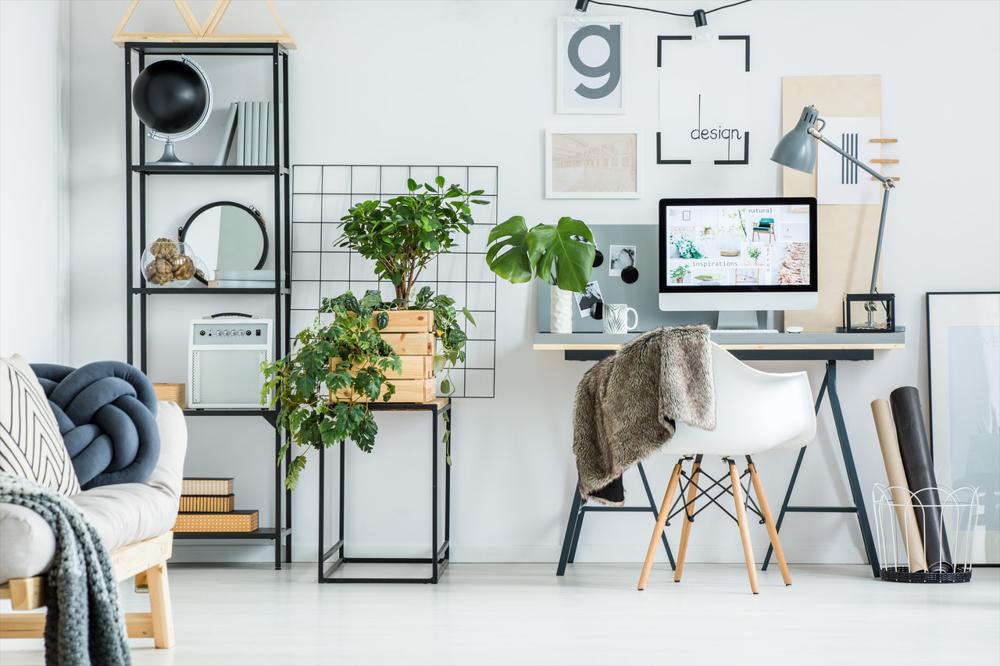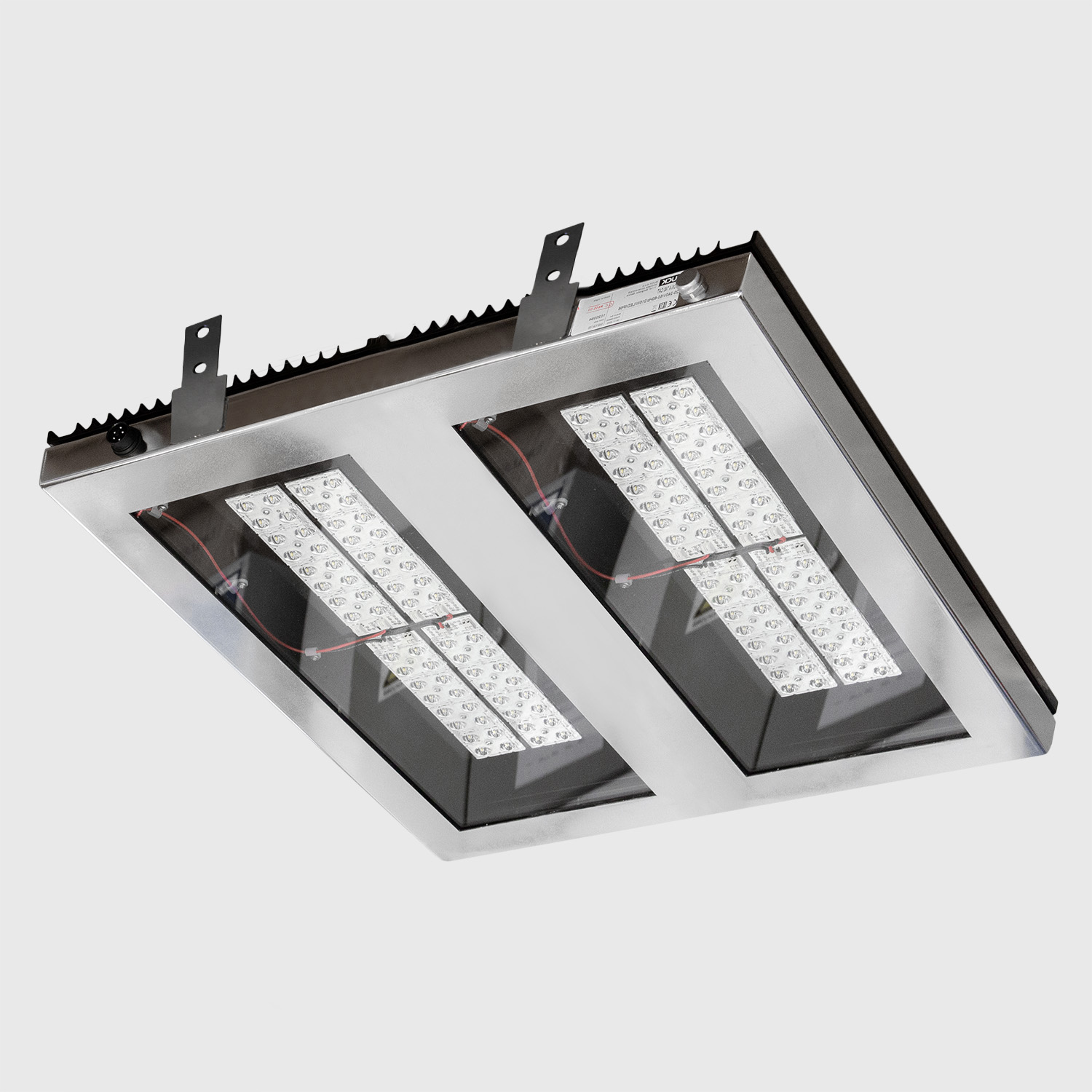In traditional office environments, lighting is typically designed to support long desk work, with carefully placed lights that reduce glare and provide sufficient illumination for reading and writing. Nowadays, with the increasing shift to working from home, many people are unaware of how crucial proper lighting is in their home workspace. While office spaces are often designed with maximum productivity and comfort in mind, home environments are often not ideal for eight-hour stints in front of a computer. Differences in lighting between home and office settings can significantly impact your efficiency and overall mood.
In this blog, we will provide you with useful tips on how to optimize lighting in your home workspace to increase productivity and reduce eye strain. Quality lighting is not just an aesthetic element, it is a crucial factor for your concentration and long-term health.

Whenever possible, use natural light as your main source of illumination. Numerous studies have been conducted on this topic. Some of the main benefits of natural light include its positive effect on mood and energy, and its direct role in regulating the circadian rhythm, which can improve sleep quality. To make the most of natural light, position your desk near a window, use light curtains that allow enough light while reducing glare, and remove obstacles that block light, such as dark curtains or blinds.
If possible, use a combination of direct and indirect lighting. High levels of direct lighting are necessary for tasks that require high concentration, such as reading or writing. It is best to use desk lamps with adjustable arms to direct light exactly where you need it. However, relying solely on direct light is not ideal. Specifically, it is not good for only the surface you are working on to be illuminated while the rest of the room remains dark, as this can strain your eyes. You may not notice it immediately, but it is the case. In such situations, our vision often shifts from the illuminated surface to the darkness, which further tires us. Therefore, always ensure that the rest of your workspace is also lit, at least with a lamp that prevents the room from being completely dark. Ideally, you can combine direct lighting with indirect lighting. This eliminates the problem of eye strain and creates a relaxing atmosphere. If you do not have lamps that provide both direct and indirect lighting, use floor or wall lamps that reflect light off walls or ceilings.
The colour of the light also directly affects productivity. LED lamps, which are now widely used, are available in various colour temperatures, allowing you to adjust the lighting to your needs. Cool white light (5000K-6500K) is ideal for work as it promotes alertness and concentration. Warm white light (2700K-3000K) is better for evening hours as it provides a relaxing atmosphere. Increasingly, “smart” bulbs are used, which have the ability to wirelessly adjust brightness and colour temperature. If you use such bulbs, program them to automatically adjust to the time of day. Also, use different lighting scenes for different activities (work, relaxation, exercise).

To avoid additional strain, make sure to reduce glare and unpleasant reflections. Position your monitor so it is not directly exposed to natural light, as this can cause contrast issues on the screen. Also, position the monitor so that there are no reflections from the lamps on the screen. If this is not already built into your monitor, you can install an additional anti-glare filter. When it comes to reflections, choose furniture and work surfaces with a matte finish to reduce reflections. To achieve desired productivity, you must take regular breaks and eye exercises are also very helpful. The “20-20-20” rule has proven to be very useful and easy to implement. Every 20 minutes, look at something 20 feet away (about 6 meters) for 20 seconds. This is a simple exercise to reduce eye strain. When it comes to eye exercises, also make circular movements with your eyes, and look left-right and up-down. Do 10 repetitions of each. You can repeat these exercises several times a day, especially if you are working on long tasks that require focusing on a screen. The goal is to keep the eye muscles flexible and reduce tension.
Conclusion
Proper lighting in your home workspace can significantly improve your productivity and reduce eye strain. Combine natural and artificial light, choose the right bulbs, and use smart technologies to create optimal working conditions. Don’t forget to take regular breaks and exercise your eyes to maintain their health. We hope these tips are helpful and will assist you in creating a comfortable and productive workspace.











